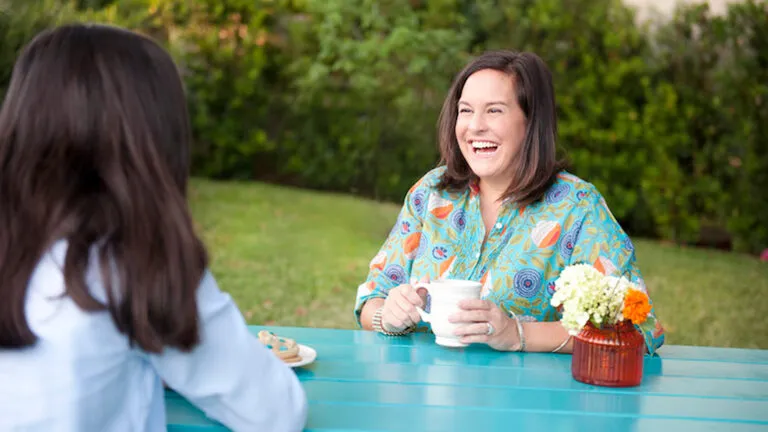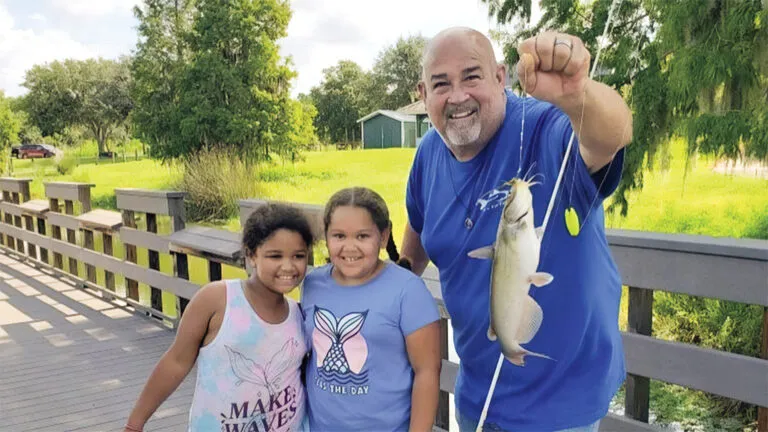WHO HE IS Marty Rogers has spent his life helping people in his South Bronx, New York, neighborhood. As a college student in 1975, he organized a Thanksgiving dinner at the senior center attached to his church, Immaculate Conception. Marty has led the dinner in the decades since.
In 2017, Marty got a call from Trista Rivera, then a teacher (and now the dean) at Immaculate Conception School. Her eighth graders were worried for the people living on the streets. “The kids wanted to help, so Trista asked if I could organize something,” Marty says.
WHAT HE DOES Weeks later, Marty, then-principal Sister Patrice Owens, Trista and other faculty took students on their first Hope Walk. Over a dozen blocks, they handed out sandwiches and bottles of water. They also asked people if they could pray with them. “I encouraged the students to pray a simple prayer of gratitude and to use the person’s name to make it personal,” Marty says.
The Hope Walks took place four or five times a year as a service project for seventh and eighth graders. But when the Covid pandemic hit and shelters closed, Marty knew that people’s need would be even greater. Marty; his wife, Francine; Sister Patrice; and retired teacher Sister Sandy Wardell did Hope Walks three times a week despite the risk.
WHY HE DOES IT Marty is guided by Jesus’ command in Matthew 25 to help the most vulnerable. “We are built to live out the Gospel, and I love seeing the students do that at an early age,” he says. On a Hope Walk in November 2019, they handed out invitations to the church’s Thanksgiving dinner. A student named Janelle gave one to a man who was homeless. At the dinner, which was open to all, the man pulled out the paper Janelle had given him. “I was invited,” he said proudly.
That had a big impact on Janelle—and Marty. “I realized that we are building community through food,” he says. “The food is an excuse to stop and say hello and lift up another person.” Sometimes the walks are heartbreaking. But as a recovering alcoholic with 13 years’ sobriety, Marty is a big fan of the word yet. He says of someone struggling with addiction, “That person just hasn’t gotten clean yet.”
HOW HE DOES IT Three days a week, Marty and Francine prepare 40 bag lunches. With the same Hope Walks route each time, participants know many of the people they see. They also give out a list of local 12-step meetings and the service times at their church, as well as hats and gloves in winter. Mostly, the walks are about connecting.
In spring 2020, students from East Harlem’s Cristo Rey High School joined in. Their school held a fundraiser to buy supplies for the lunches, and local businesses have donated as well. More than 300 students have participated in Hope Walks since 2017.
HOW YOU CAN DO IT Want to start a Hope Walk in your community? Find a few like-minded friends to join you. For safety, Marty always walks in groups. Another idea: Put together bags with a few essentials (snacks, water and hand sanitizer), and keep them in your car. When you see someone in need, you’ll be ready to help.
For more inspiring stories, subscribe to Guideposts magazine.





